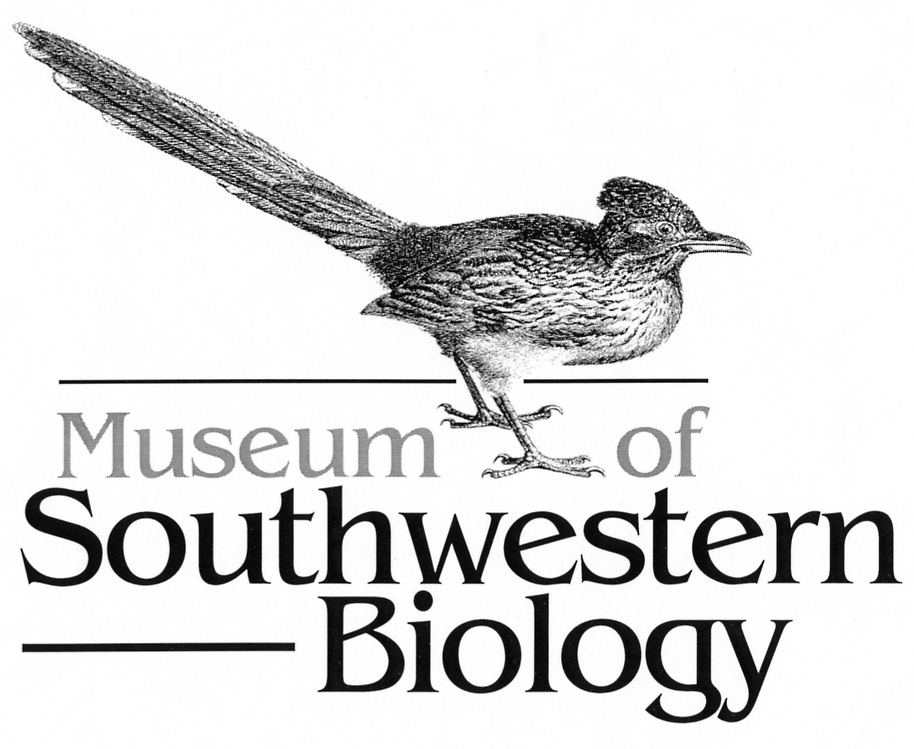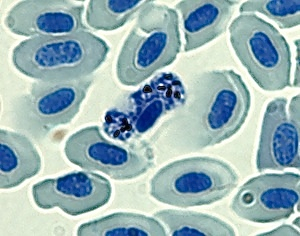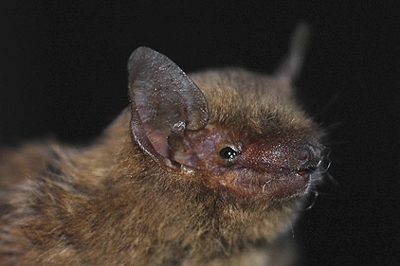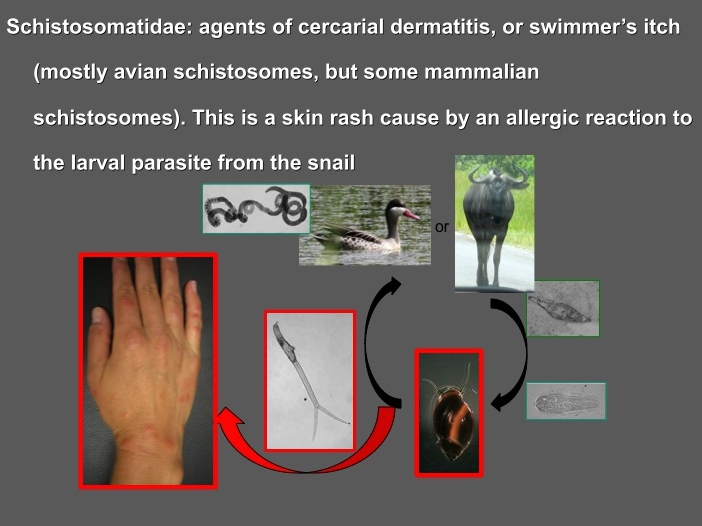
The Museum of Southwestern Biology is a research and teaching facility in the Department of Biology at the University of New Mexico.
open weekdays 8am - 5pm
visitors welcome by appointment
information for visitors
phone: (505) 277-1360
fax: (505) 277-1351
museum administrator

mailing:
Museum of Southwestern Biology
1 University of New Mexico
MSC03-2020
Albuquerque, NM 87131
shipping:
University of New Mexico
302 Yale Blvd NE
CERIA 83, Room 204
Albuquerque, NM, USA 87131





